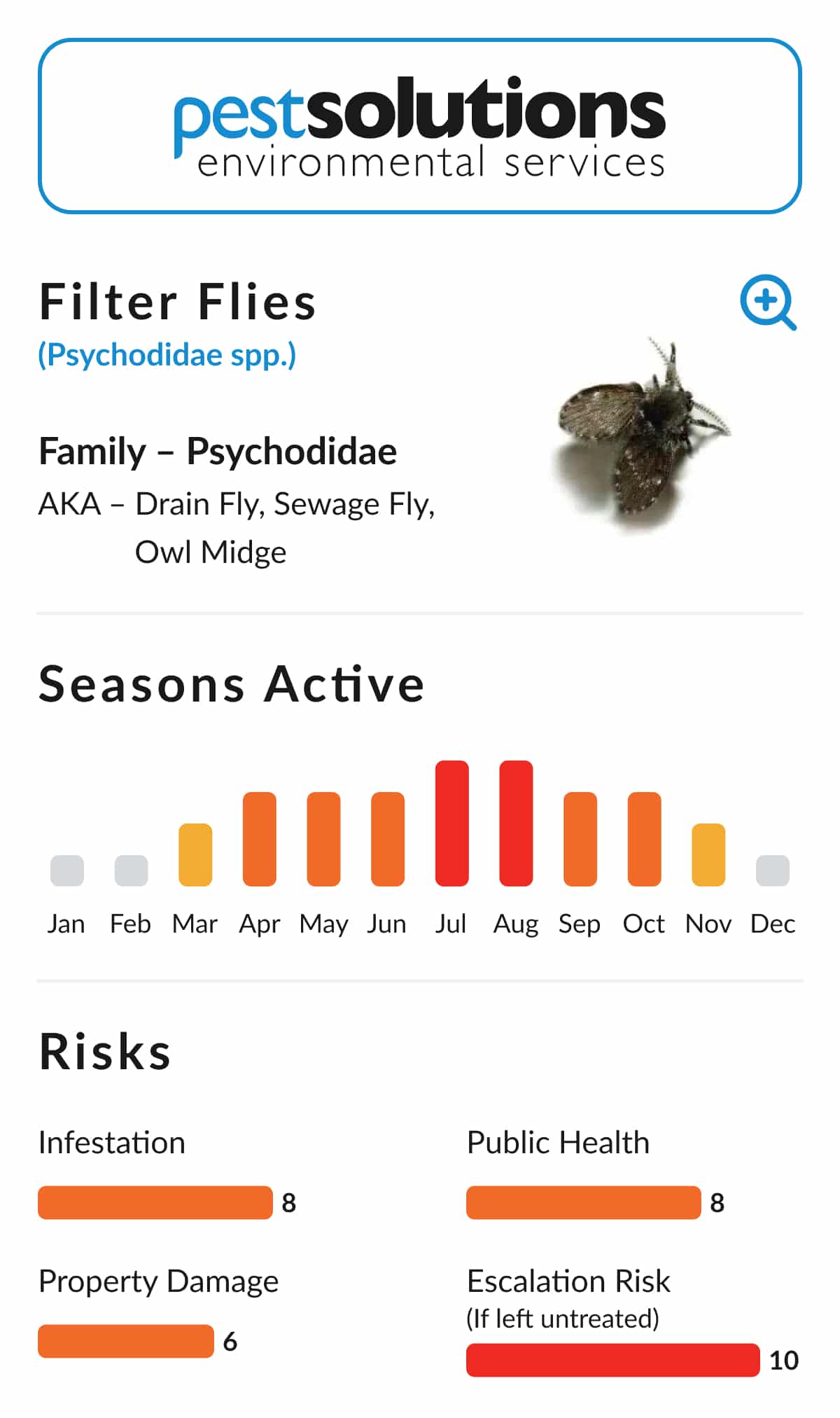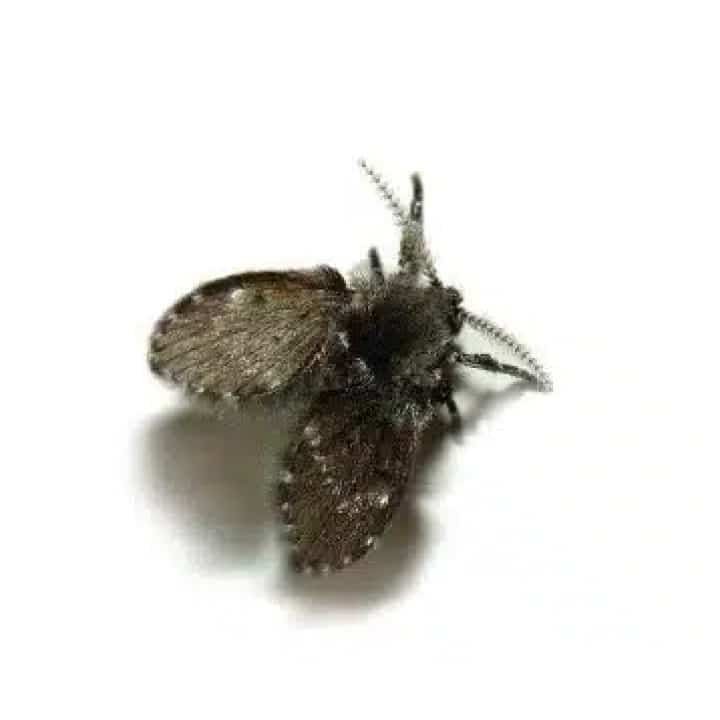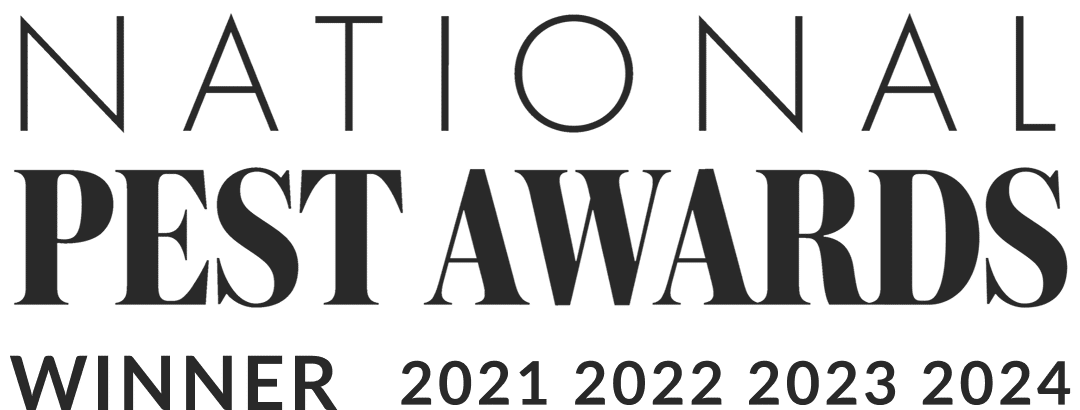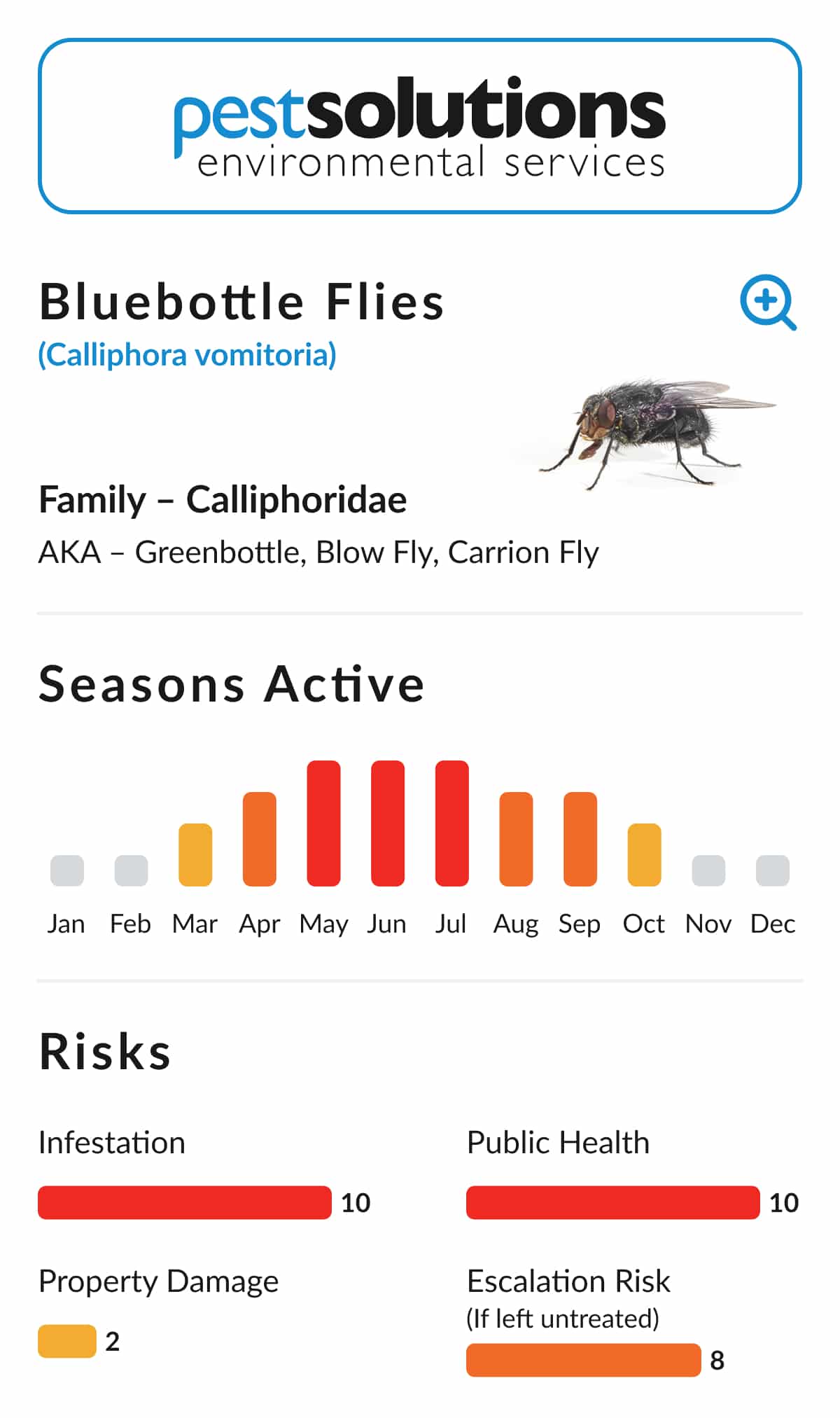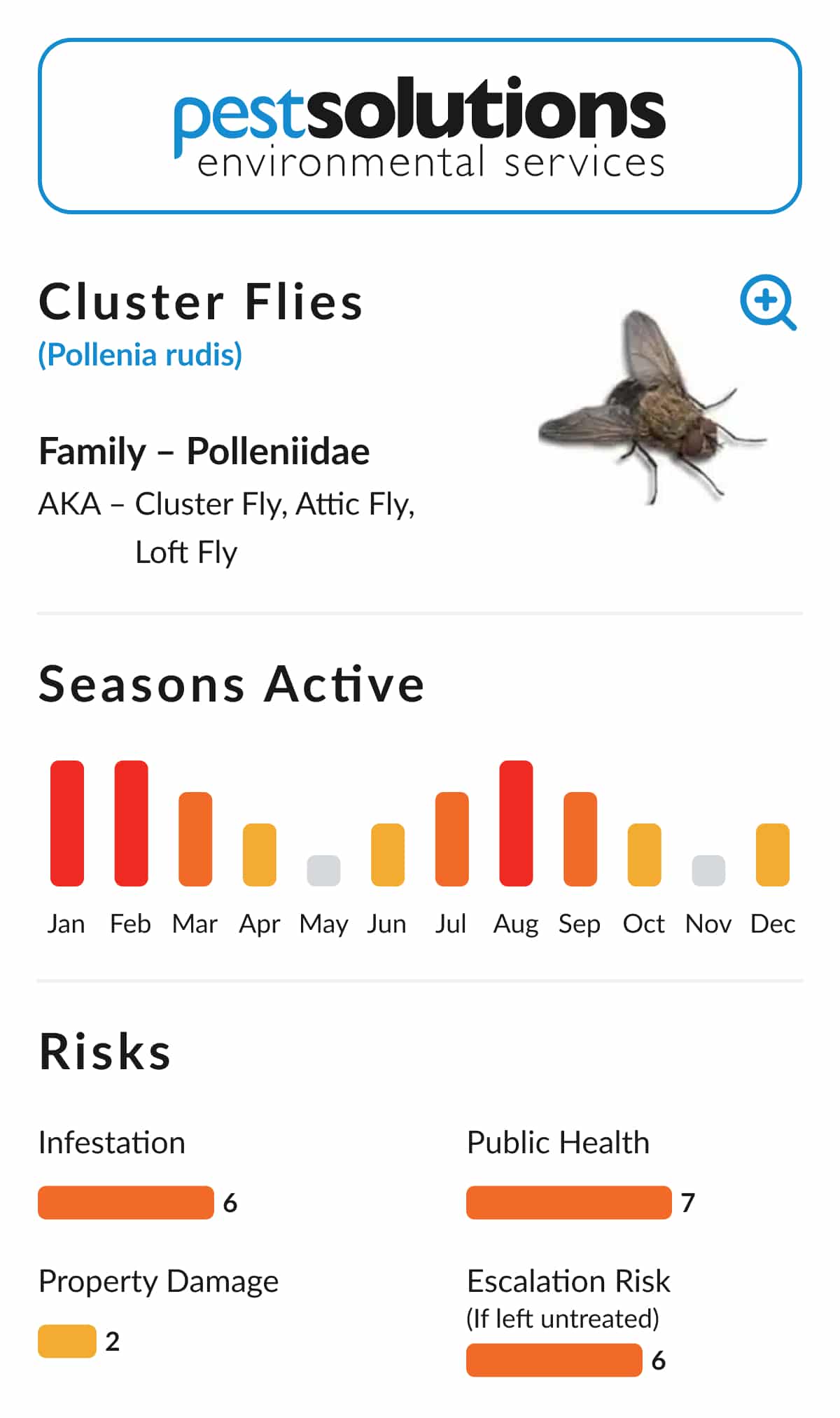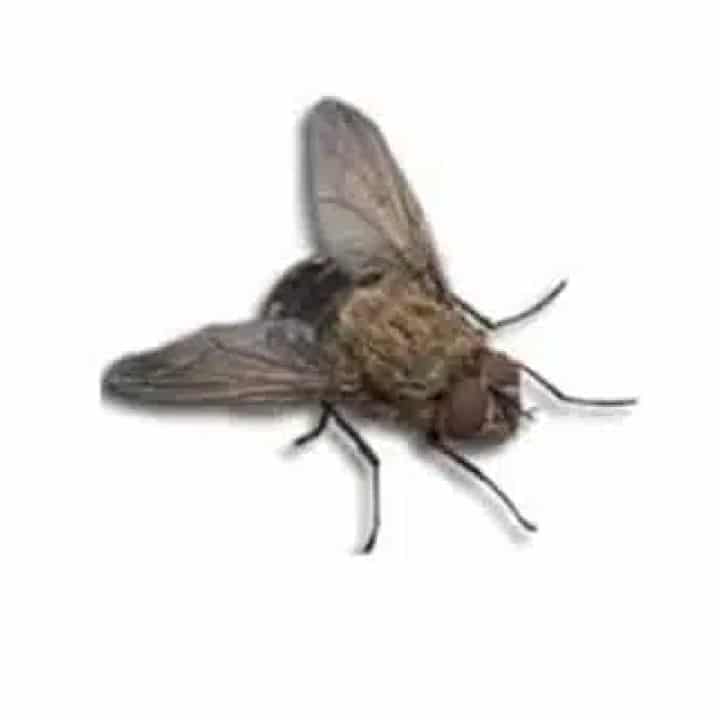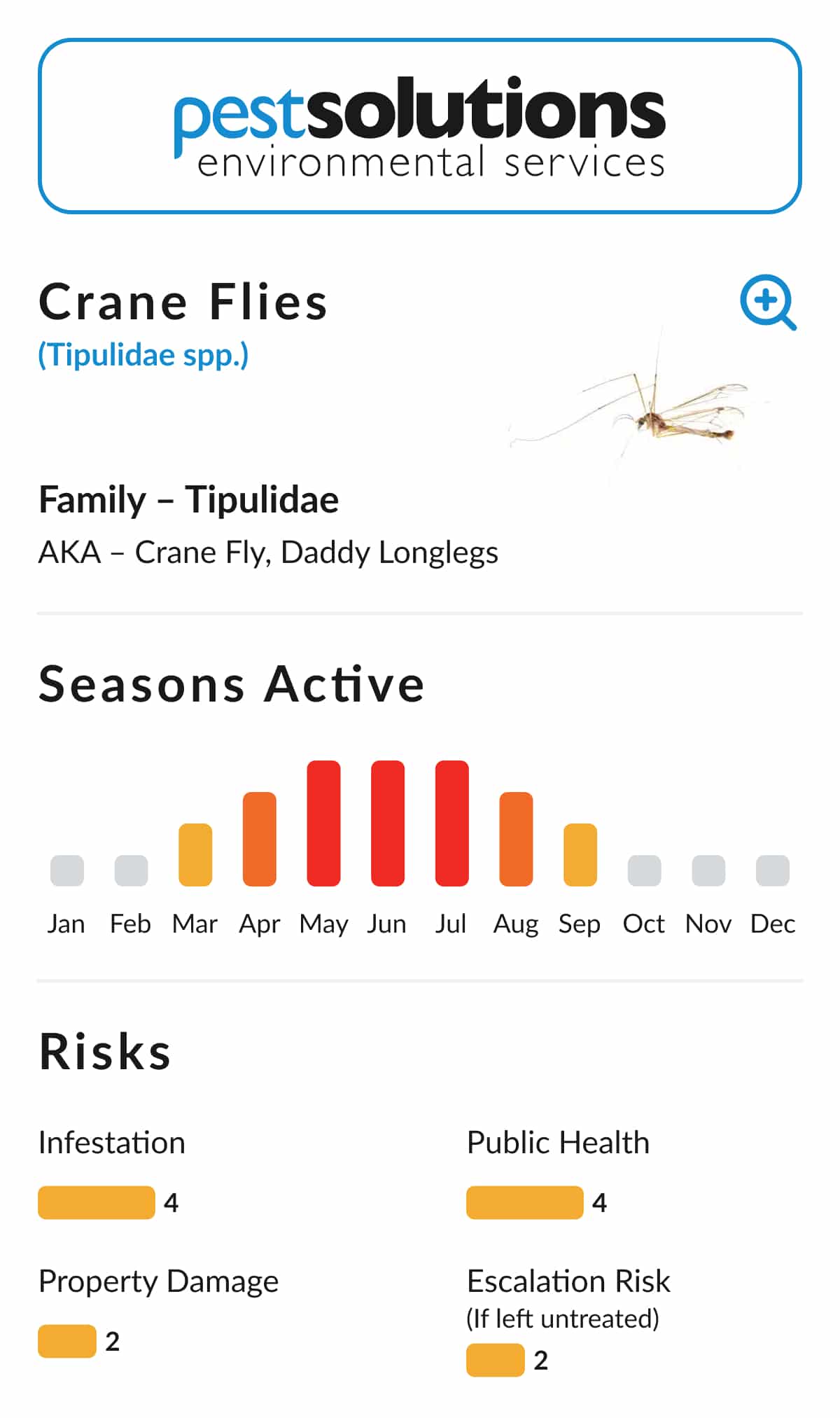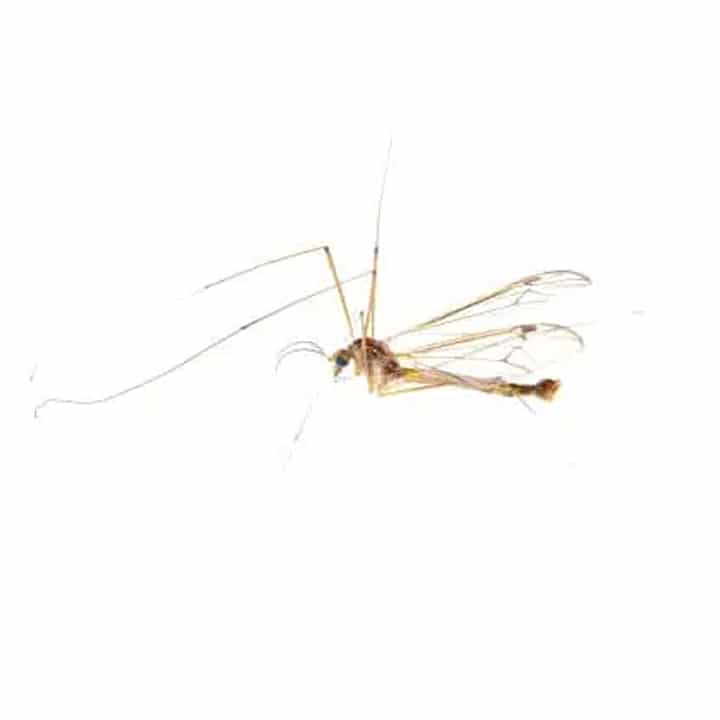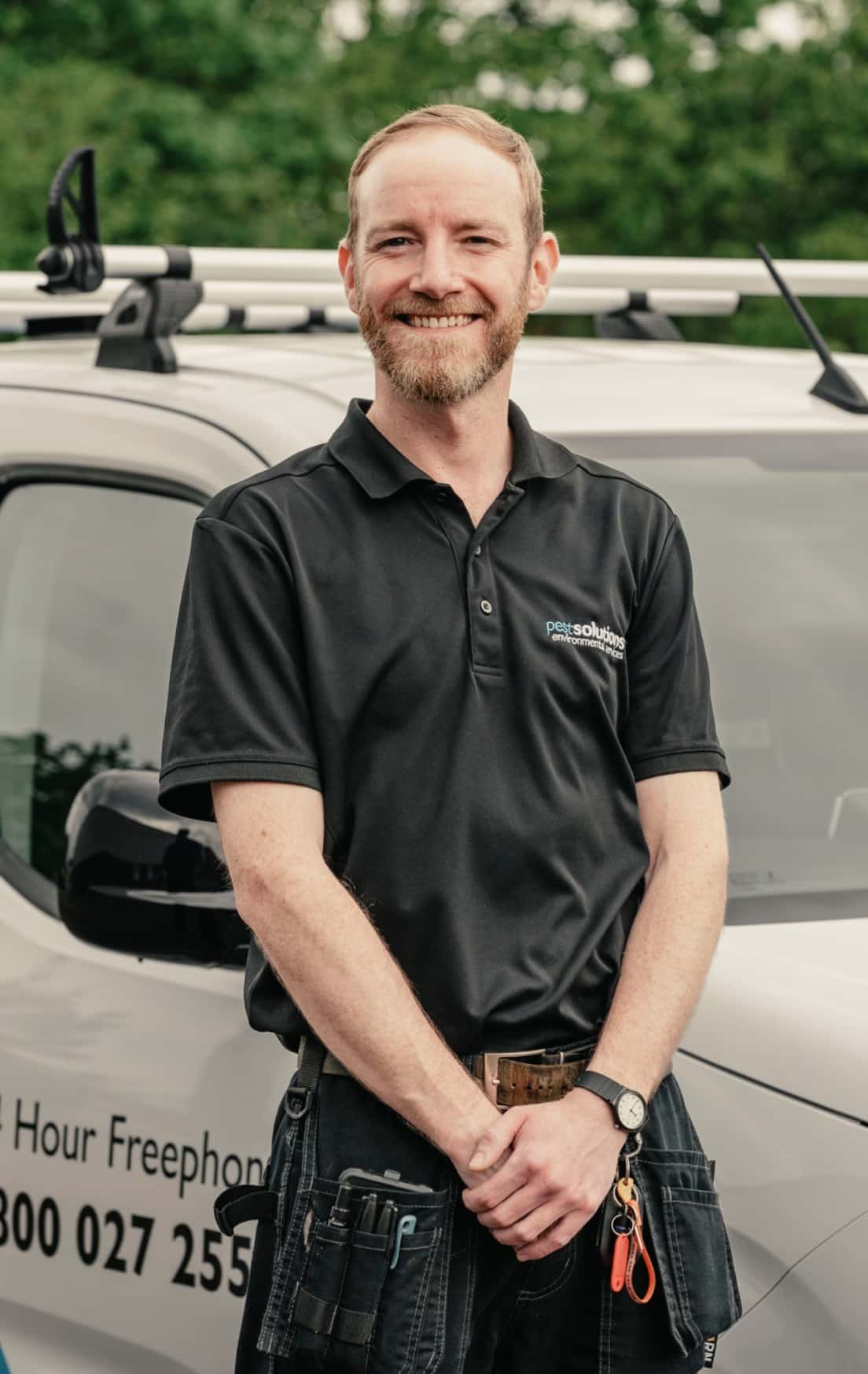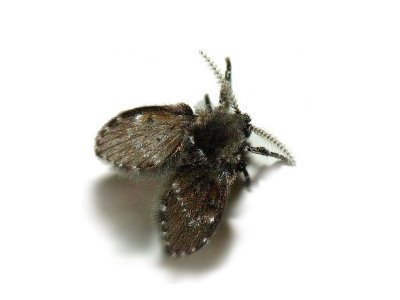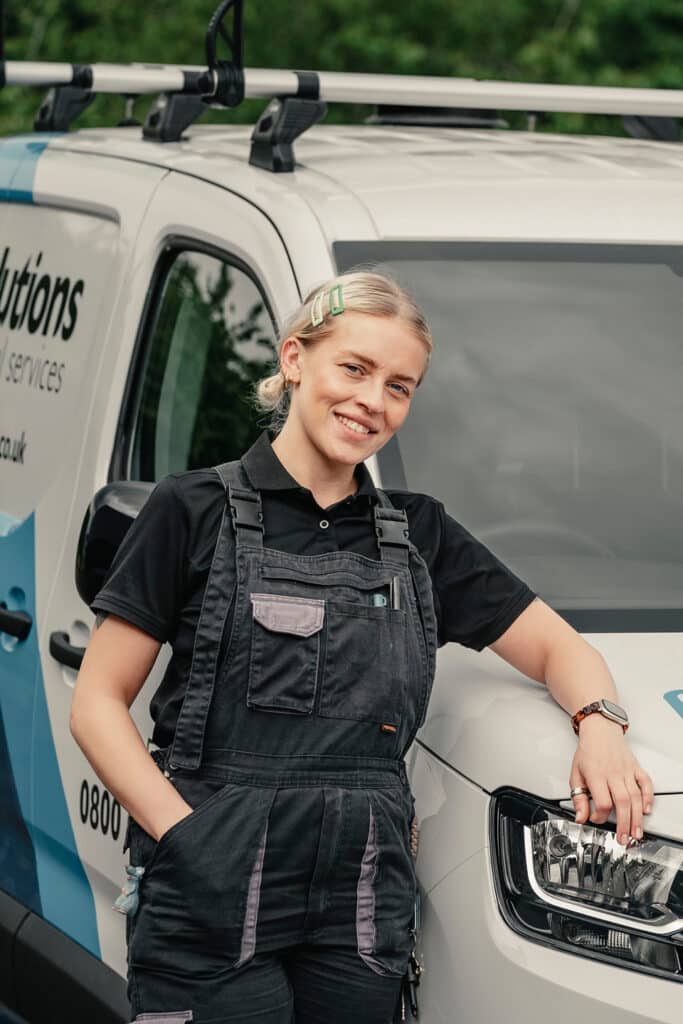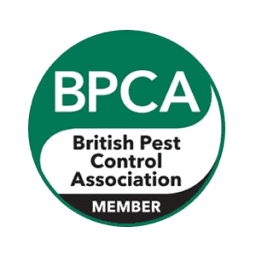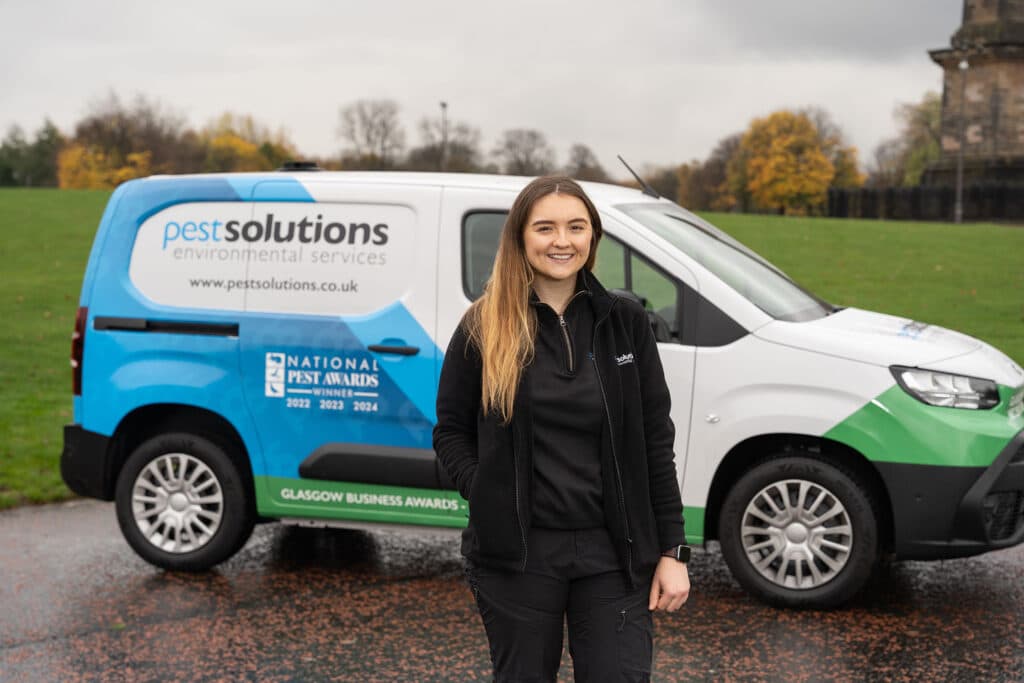Habitat and Distribution – Filter Flies (Psychoda spp.)
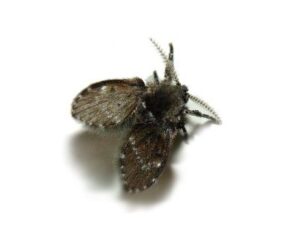
Biology – Filter Flies (Psychoda spp.)
Filter Flies have a complete life cycle consisting of egg, larva, pupa, and adult stages. Females lay small (0.2 mm), white, oval-shaped eggs either singly or in groups at varying depths within the filter bed. The larvae are slow-moving, legless grubs that feed on the microbial biofilm. They breathe through two spiracles located on a siphon at the rear end of the body and go through three moults over a development period ranging from 10 to 50 days, depending on temperature. Pupae feature two distinct respiratory horns at the front end, and their development time is also temperature-dependent. Adults are approximately 2 mm long, with almond-shaped, hairy wings that are held roof-like over the body when at rest. The full life cycle can be completed in as little as 16 days at 25°C, or may take up to 140 days at 7°C. Development ceases entirely below 6°C.
Why They’re a Problem – Filter Flies (Psychoda spp.)
While Filter Fly larvae play a useful role in the sewage treatment process, the adults can cause serious nuisance problems. In large numbers, they are known to fly into the eyes, nose, and mouth of workers, creating discomfort and interfering with operations at treatment sites. Their presence can also disturb nearby residents, especially when warm weather accelerates population growth. Although not a major health threat, they are considered a potential vector for disease in high-risk environments.
Control and Prevention – Filter Flies (Psychoda spp.)
Managing Filter Fly populations in sewage treatment works requires targeted action:
- Knockdown sprays can be used to control large numbers of flying adults when nuisance levels become unacceptable
- Biological control using a Bacillus thuringiensis (Bt) product is approved for use on biological filters in wastewater treatment works and provides an effective larval control option
Routine monitoring and control are essential during peak activity periods, especially in warmer months.
Professional Support – Filter Flies (Psychoda spp.)
If you’re experiencing nuisance problems with Filter Flies at a sewage treatment facility or nearby property, Pest Solutions can provide expert advice and practical control strategies. Our team supports both public and private sector clients in managing fly issues around high-risk environments.
